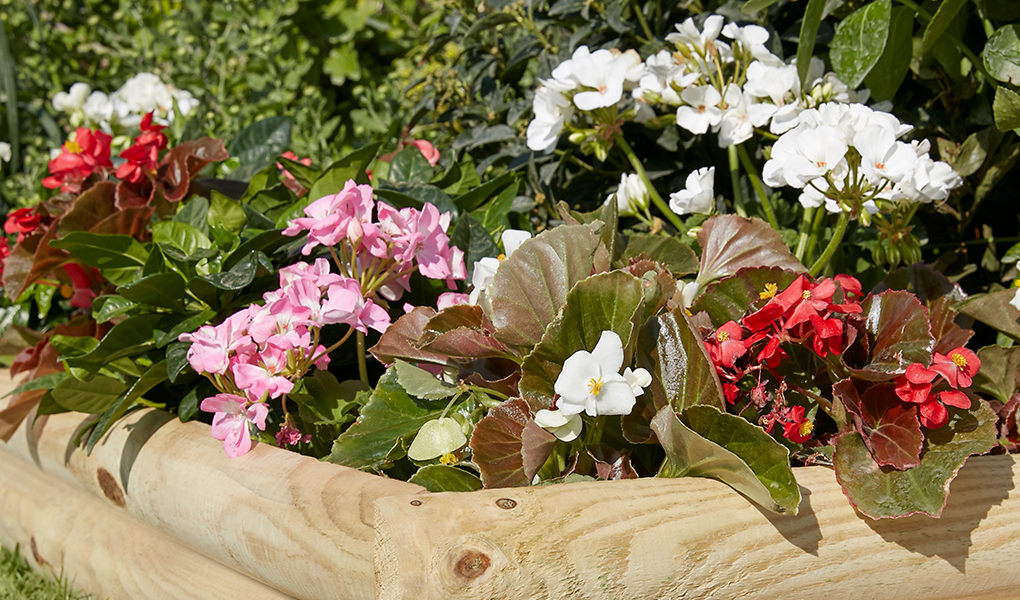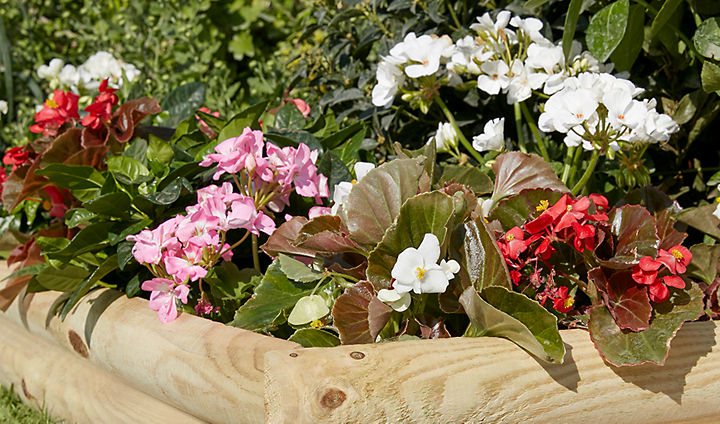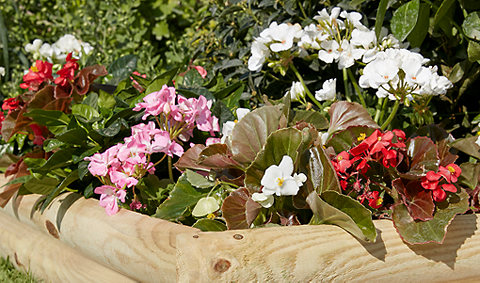How to design a garden
Create the garden of your dreams with a little imagination
Think of your garden, or any outside space, as an extension of your home or an “outdoor room”. But let’s not forget that this room is different, because it is outdoors. Which means as well as enjoying extra space, you can surround it with plants and life and bring you, your family, and friends, closer to nature as well.
Designing a new garden may sound a little daunting. Perhaps your garden’s overgrown and wild; bare and uninspired. Or maybe it's designed for one thing and you'd rather use it for another. Or it’s your first garden and you’re totally stumped for ideas and don’t know where to start. Don't worry, we're here to help.
Skip to...
- What sort of outdoor space do you want?
- Get inspired
- Choose a garden look
- Make a plan of the garden
- Know your garden
- Start sketching
- Schedule the changes
What sort of outdoor space do you want?
Is it for the kids to play in? Somewhere to eat and drink with friends and family? Or maybe one that's all about growing plants and fruit and vegetables?
Deciding what you want to do in the garden is the first step. This will help you allocate space accordingly. You don’t want to create a large area for relaxation if the kids will need room to run around in. And this doesn’t mean choosing just one focus for your garden - it’s a space for all the family. It’s more about dividing it up to accurately to suit everyone’s needs.
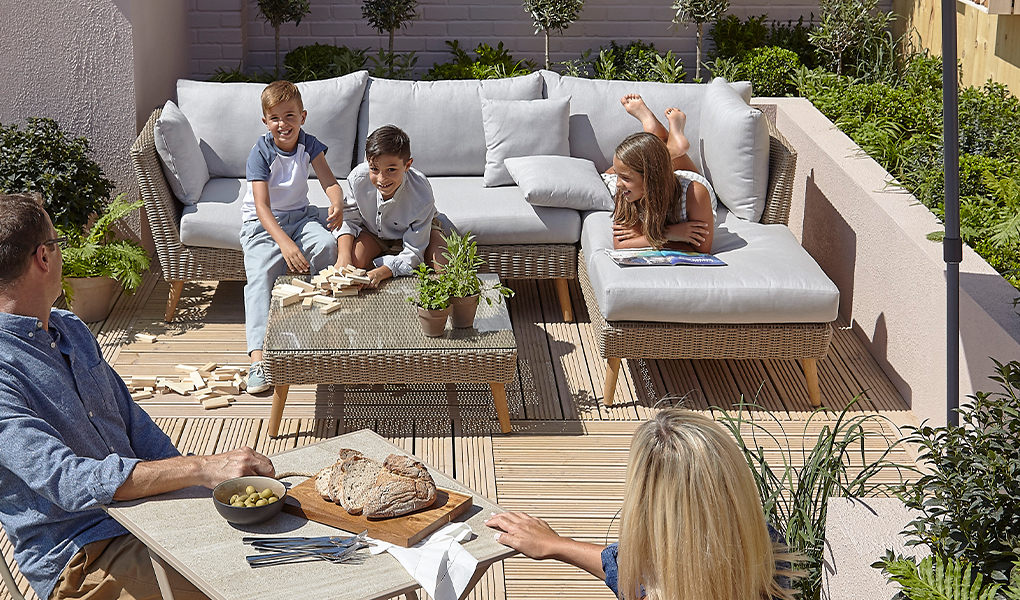

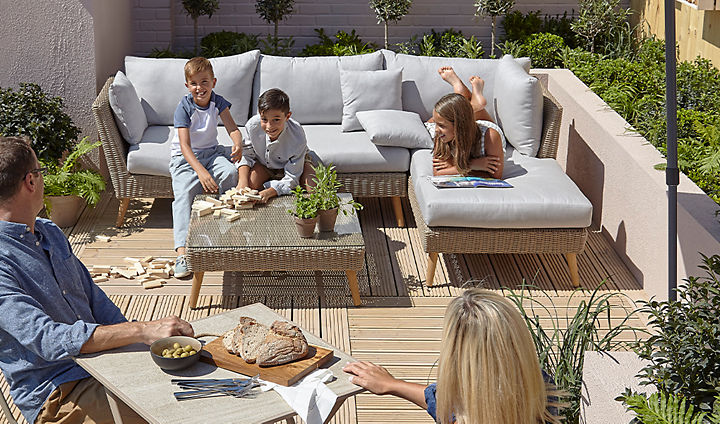
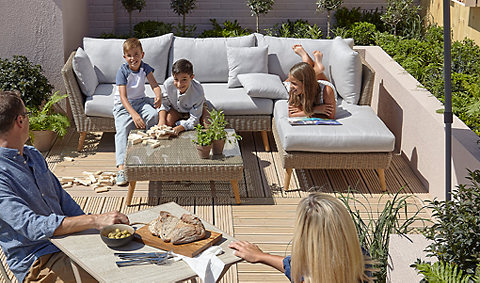
Get inspired
With the focus of your garden decided on, it’s time to seek out a little inspiration. The good news is that there are countless ways to do this. You might find that you like one method only, or a combination of many. There’s no right or wrong way to start collating your garden ideas.
Why not try:
- Magazines and catalogues – it might be a gardening magazine or a feature exploring the garden of your favourite celebrity; a shopping catalogue or a Sunday newspaper.
- Visiting outdoor places. From local parks to the garden of friends and family, trips to stately homes to favourite holiday destinations; look around and identify what you like about it. Take photos (if possible) and create a shortlist. These ideas might not be possible to recreate in your garden, but nothing’s off limits at this early stage.
- Going online. Use online search and social media, such as Instagram and Pinterest, to find images of real-life gardens and more professionally photographed options.
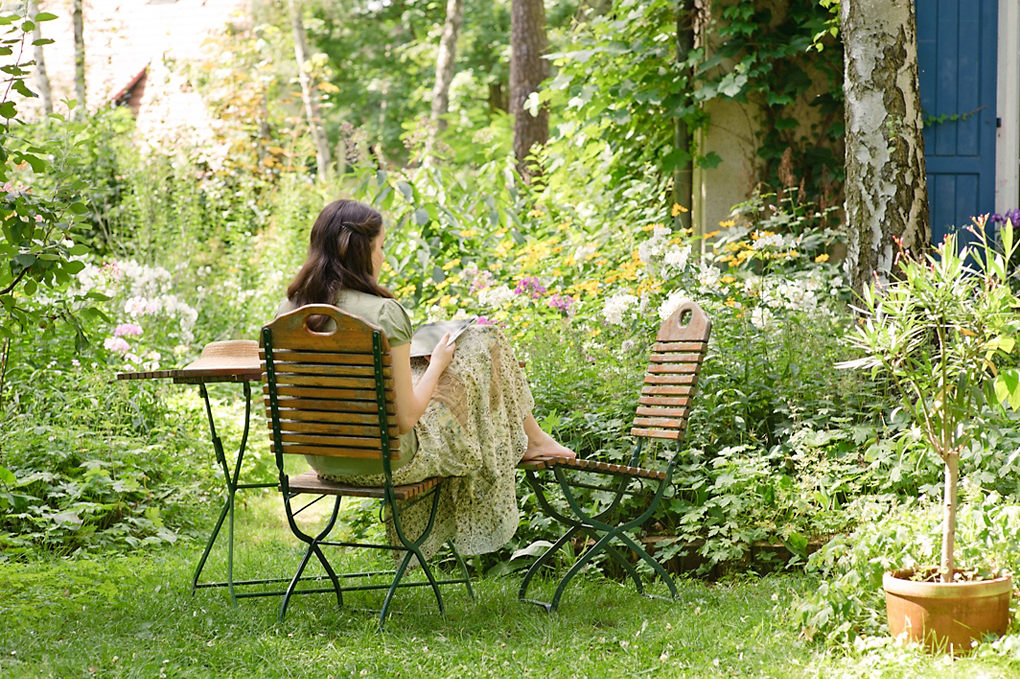

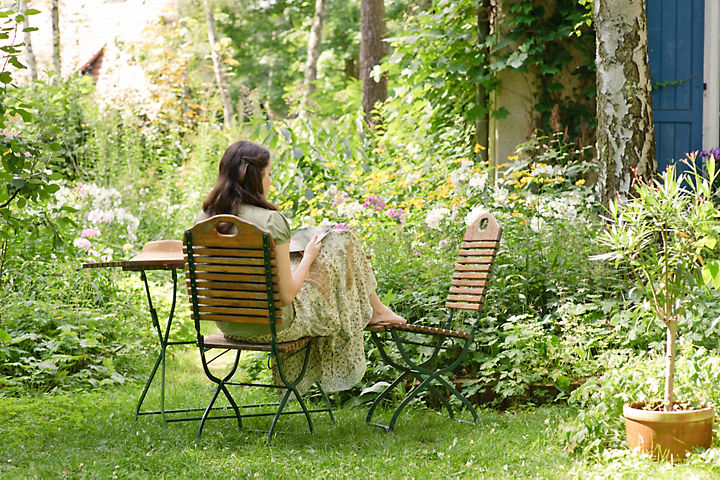
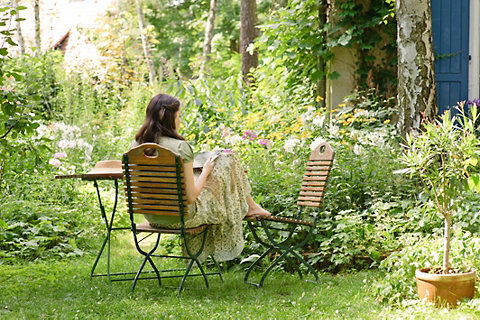
Choose a garden look
Examine your mood board to identify an emerging look that you like. Perhaps you’ve chosen a lot of one colour or favour a particular style. By pulling out these common elements, it will help you streamline what you’re looking for and see what might not suit this. Or maybe these contrasts don’t matter – you still want to keep them or you have a large enough garden to fit several different looks.
There are lots of garden design tips that may help you here, but it’s your garden and you should create something that will make you happy.
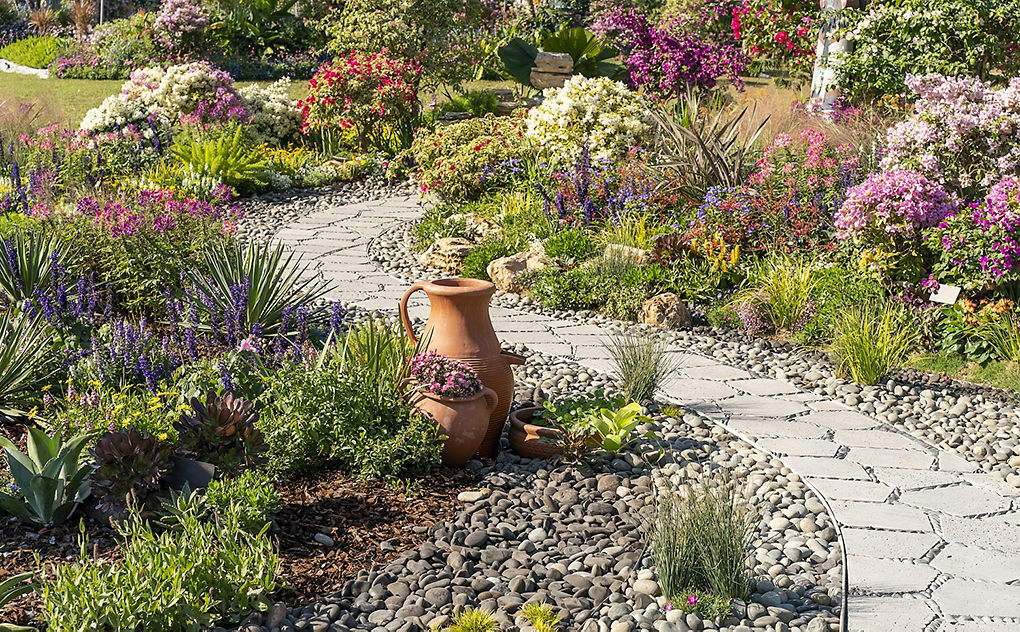

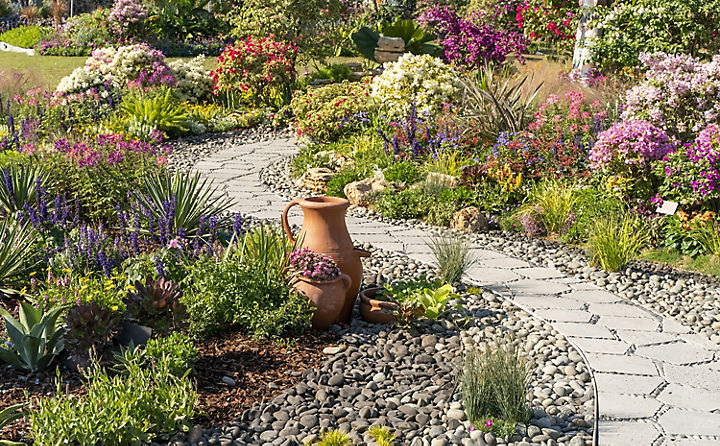
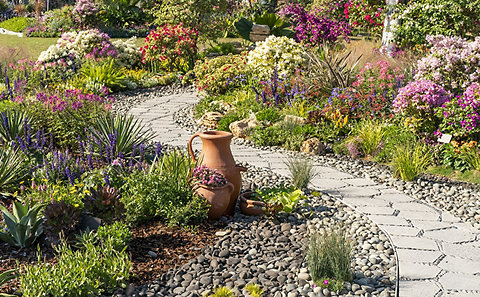
Make a plan of the garden
It’s really good to have a rough plan of what you want down on paper. Measure up your space and then mark out where you want the different functions to be. It’s also a good time to think about different routes and paths that you’d like around your garden.
If you find your site is more complicated you can get some professional input from a surveyor, garden designer or landscaper. Don’t forget, Garden Designers or Landscapers may offer a consultation service, if you need more help and guidance.
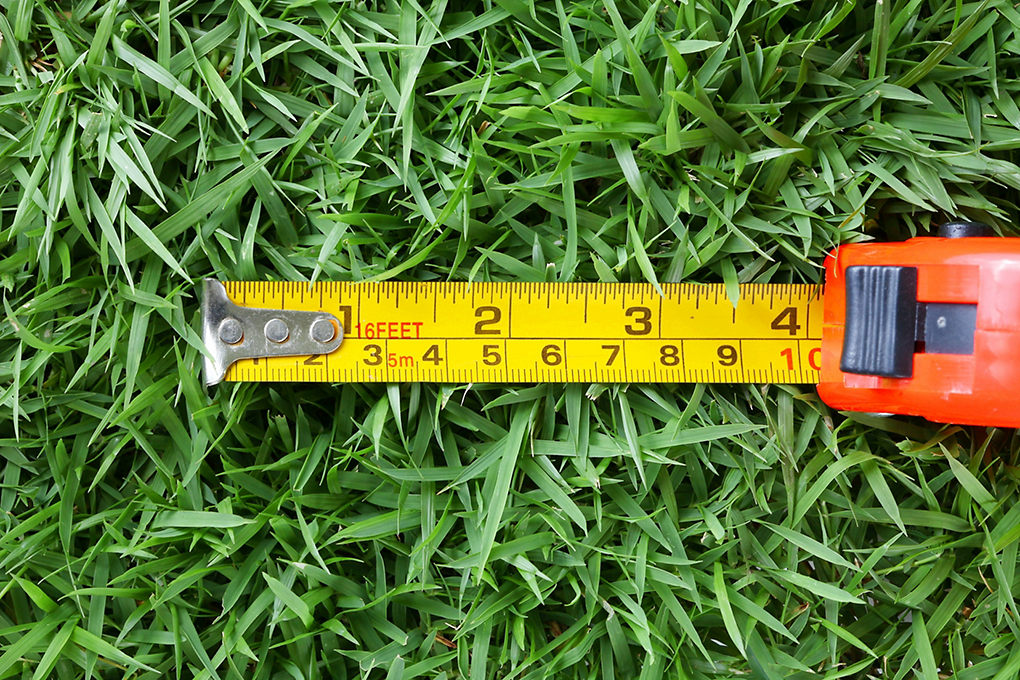

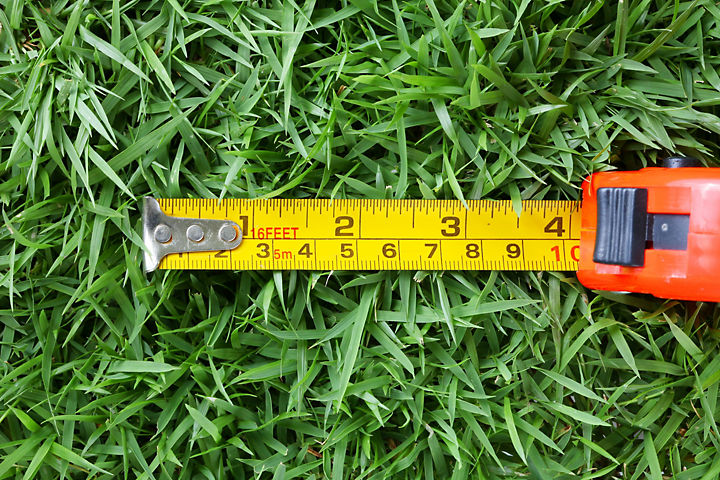
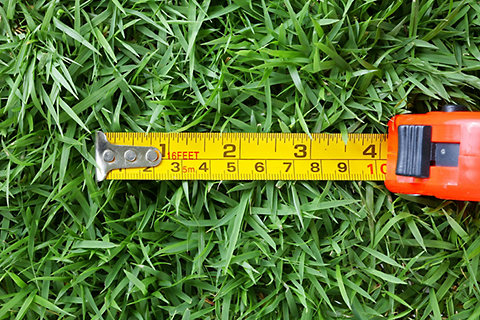
Know your garden
Of course, there’s more to your garden than just it’s measurements. And it’s essential that these factors are also considered at this early planning stage.
Understand the climate and local geography
The healthiest and most manageable gardens work with the natural environment, including plants that would naturally thrive there. And even if you live in a particularly adverse spot (be it exposed and windy, or by the coast with salty breezes), there’s plenty you can do to make your garden more habitable to a diverse range of plants.
Suss out the soil
Good soil is crucial for a healthy, beautiful garden. There are many different types - chalk, clay, sand, peat and loam – with loam the best of all. Knowing which type of soil you have will help you decide which plants you can grow, as well as how well they’ll grow once planted. It can also be important for landscaping projects, as some are harder to work with than others.
We also recommend testing your soil to find out its pH (the acidity). Some plants prefer ericaceous soil (acidic) while others like lime (alkaline) soil. And test the soil in various parts of your garden, as its pH might vary.
Consider your garden’s aspect
Which way is your garden facing? North, south, east or west? Whichever direction, or ‘aspect’ you have can help you choose where you want things to go. There’s no point having a decked area for enjoying the sunshine in the shadiest corner of the garden. Sketch the arc of the sun onto your plan, so that you can see where the shadows will fall.
And look out for micro-climates. All gardens contain a series of micro-climates that are partly determined by the compass direction each area faces. These offer different levels of light, warmth and moisture.



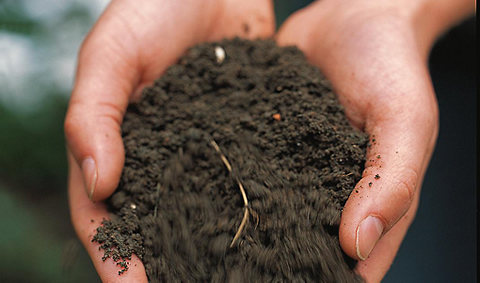
Start sketching the new garden design
Now’s the time to start sketching your new garden layout. We recommend laying tracing paper over the original plan and adding the new features – playing with their shapes and sizes to see what works where.
Start with any garden buildings, structures and large items (like water features). This will help you see what space you have left and how they’re going to affect the rest of the garden.
Then it’s landscaping. This could be hard landscaping (such as paving or decking) or soft (like grass. Maybe you have space for a combination of options or pick just one. And then it’s everything else – beds and borders, kids’ play areas and more.
Look to achieve a balance. Pay equal attention to all areas to avoid one part looking busy while others look empty. And choose features that suit the space available. A giant structure or tree would swamp a small garden, whereas bigger spaces may need something grand and imposing to avoid getting lost.


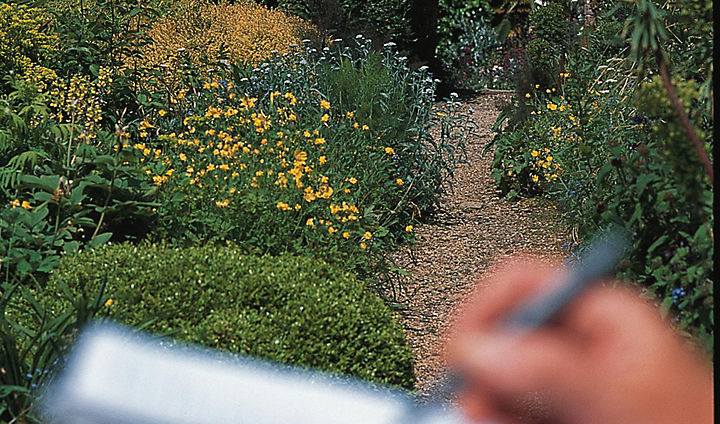
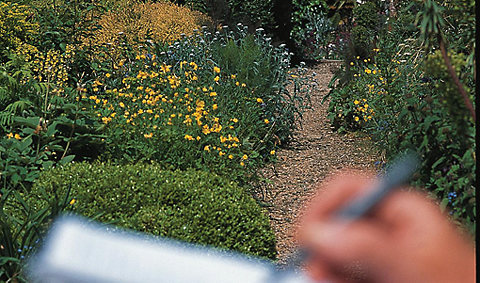
Schedule the changes: A phased approach
If you’re making a lot of changes, consider breaking the project down and completing it over a period of time to make the expense more manageable. Prioritise the jobs that need to be done to make the garden a usable space over the ones that are just nice to have.
Don’t be tempted to economise on soil preparation, especially when creating new beds or if you’re landscaping the garden of a newly-built home (where there’s a tendency to scrimp on topsoil). Invest in the best grit, soil improver, topsoil, mulch and any other improving products that you can – the boost these give to new plants is invaluable.
Even if you’re planning on doing as much as you can, remember that some jobs must be handled by professionals. Installing or moving gas, electricity or water pipes must be done by a registered engineer. And before you begin any outdoor electrical work (other than minor repairs and replacements) you must notify your Local Authority Building Control Department, which has responsibility for ensuring that this work is inspected and tested.
